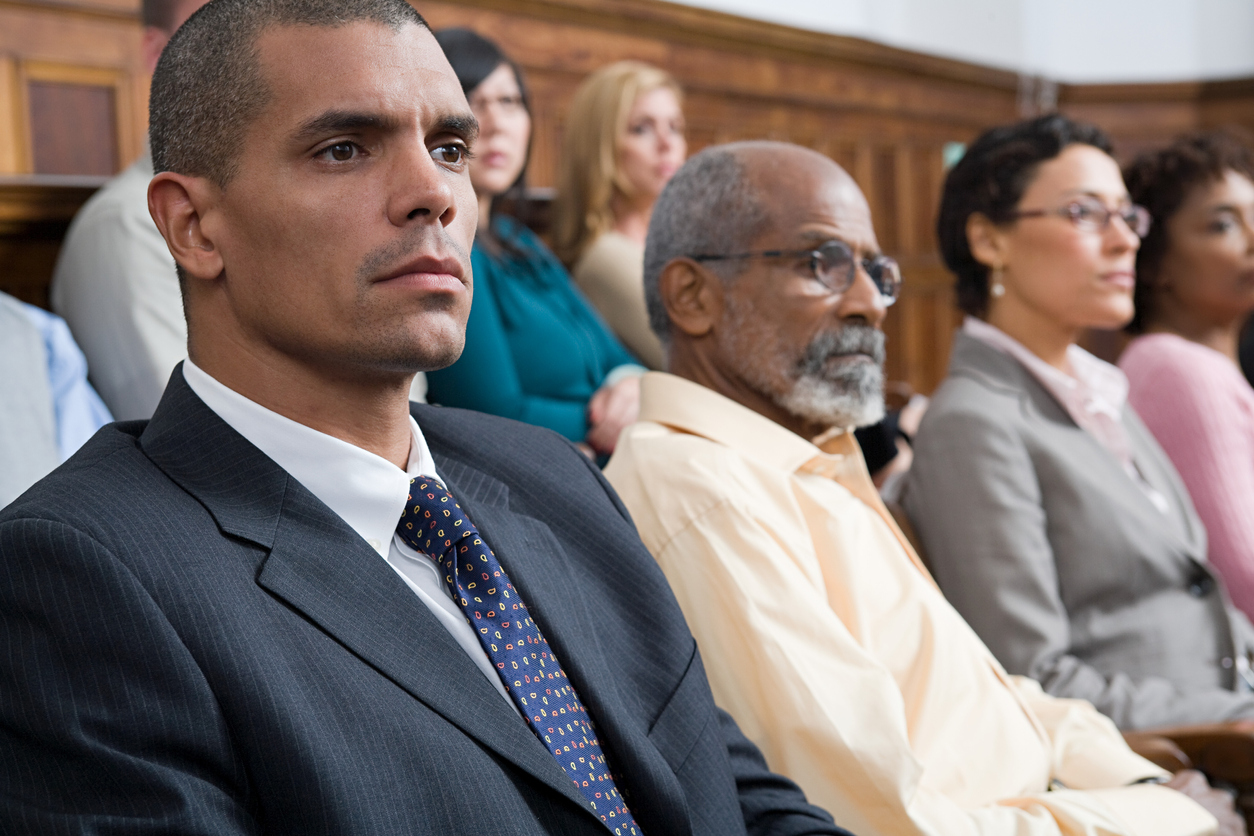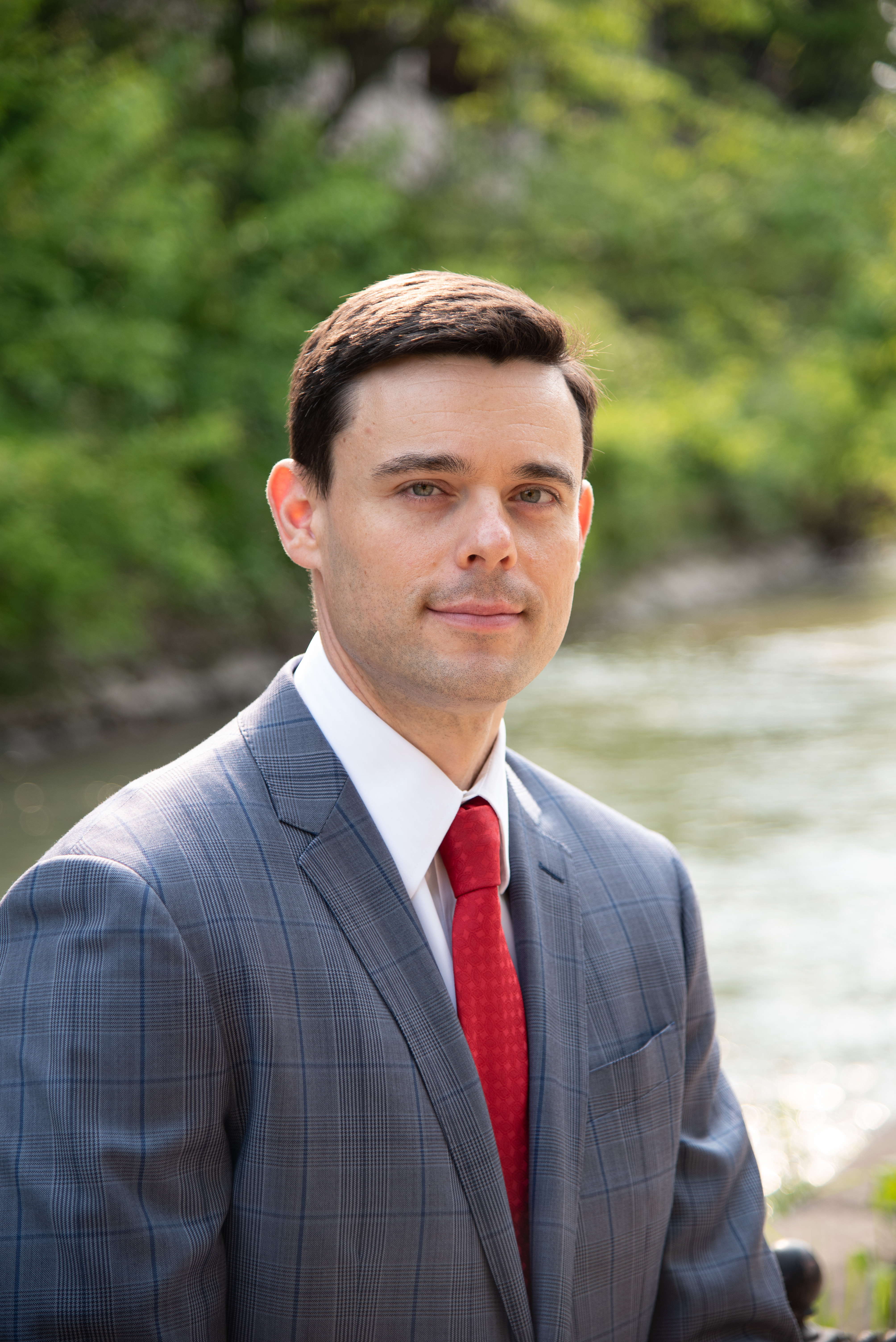The road to a criminal trial is paved with many, detailed steps along the way. Many criminal cases never see trial as a plea bargain is reached prior to any formal trial proceedings taking place. Other times, the case ends up before a jury. Who comprises this jury depends on who is summoned for jury duty the day of jury selection and who makes it through voir dire.
What is voir dire?
Voir dire, a French phrase with Latin roots, means “to speak the truth.” During voir dire, potential jurors are questioned to see if any of them have any biases or prejudices that would disqualify them from serving. Voir dire is geared towards establishing a venire, a panel of potential jurors, who are competent and able to be fair in their service. It is an important process and one that must be carefully conducted. Errors during voir dire are commonly used as grounds for appeal.
Voir dire begins when the venire is assembled in the courtroom. The judge will ask questions aimed at helping to ensure everyone is legally qualified to serve. The venire will also be asked whether jury service would cause an undue hardship. The attorneys for both sides will be given the opportunity to question the jurors as well. The questions are designed to weed out any potential biases that might lead a juror to favor one side over the other.
There are limits to what kinds of questions the attorneys may ask. They must refrain from asking very personal questions. They must also refrain from asking jurors how they would decide the case.
After questioning the venire, the attorneys begin making their challenges. There are two types of challenges: challenges for cause and peremptory challenges. There is no limit on the number of challenges for cause an attorney may make. These types of challenges are reserved for jurors that are not qualified or able to serve in the case. In order to strike for cause, a specific reason must be stated.
With peremptory challenges, there is no need to provide a reason. Attorneys for both sides are given a limited number of peremptory challenges and these are usually used to excuse potential jurors the attorneys feel would, for some reason or another, decide unfavorably. While no reason for a peremptory challenge is required, an attorney cannot assert a peremptory challenge based on race or class. If the judge grants a challenge to a juror, the juror will be struck from the jury panel. Once challenges are completed, the judge will place the remaining jurors in the jury box to begin trial.
Criminal Defense Attorneys
While there are many steps in a criminal trial, every step has the potential to powerfully impact the defendant’s situation. Voir dire, for example, is oftentimes referred to as one of the most important parts of the criminal trial. The failure to effectively participate in voir dire can mean your case is over before it even starts. At CDH law, our team of dedicated criminal defense attorneys takes every step in the criminal process very seriously. We fight for our clients at every turn. Contact us today.



